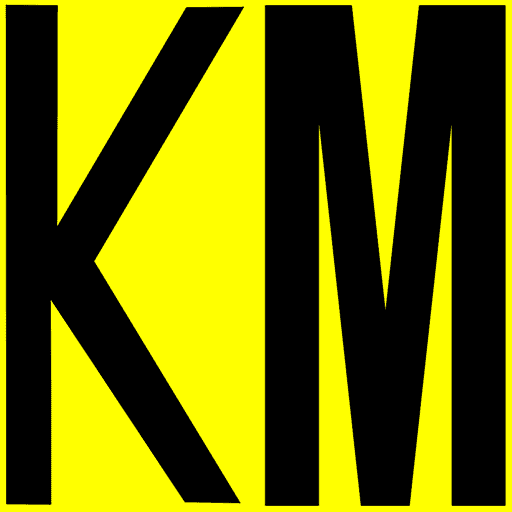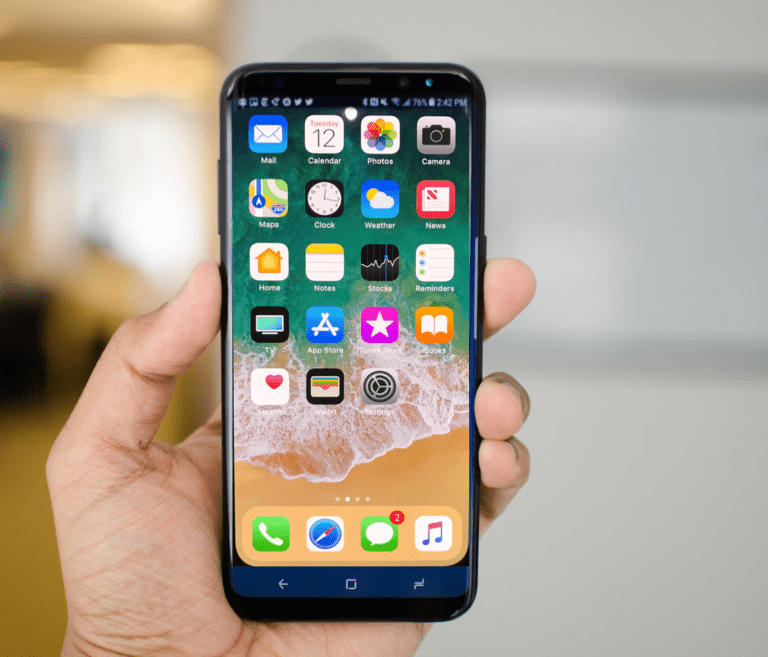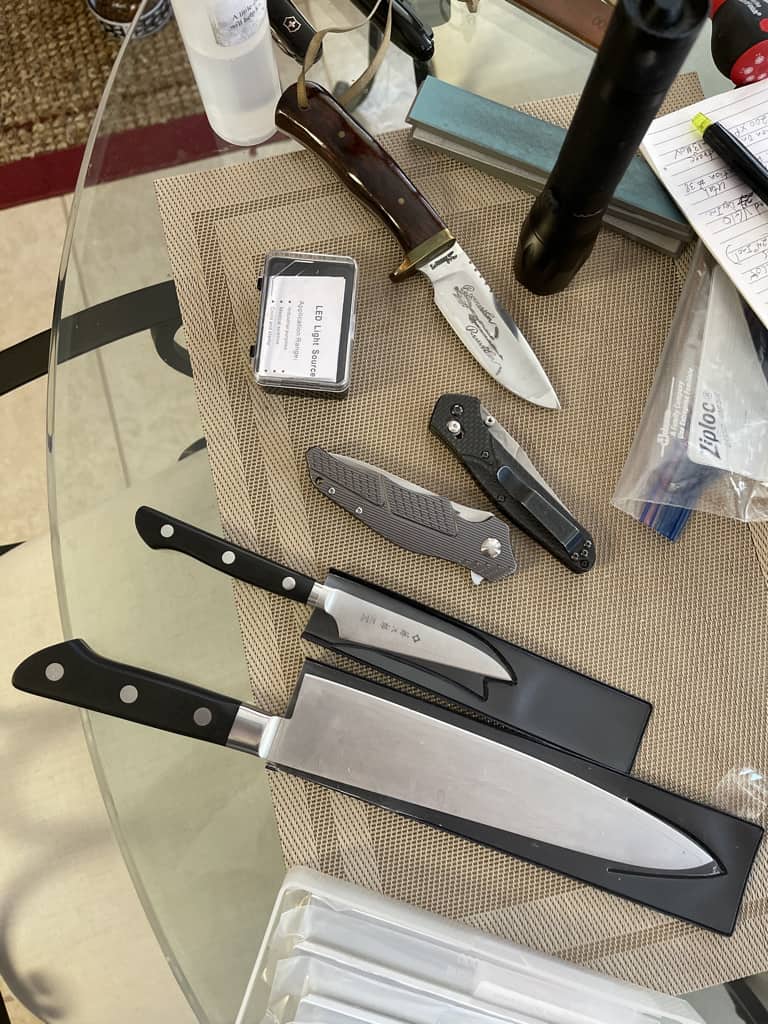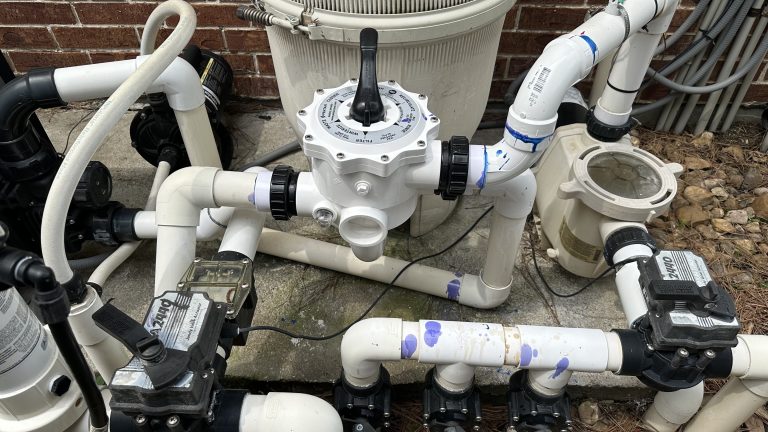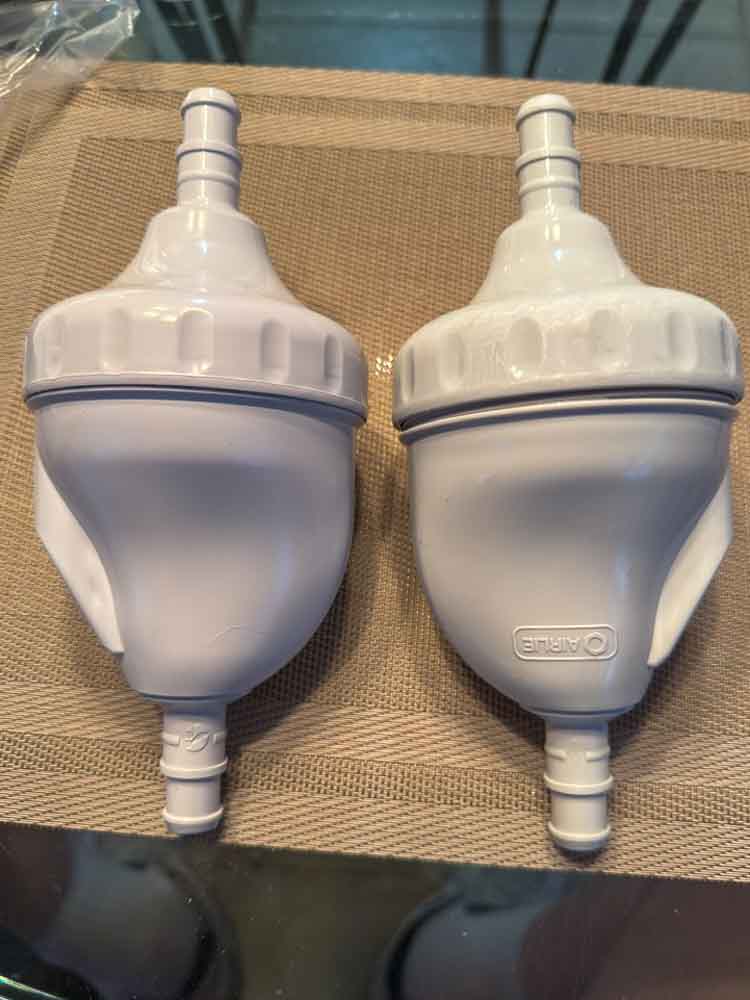In a typical chlorinated in-ground residential swimming pool, what is the right level in ppm to prevent algae and keep my water sanitized and healthy for swimmers? Well, the answer depends on your Stabilizer or CYA level mainly. Free Chlorine should be 7.5% of CYA, but your CYA should be 30-50ppm for pools with limited sun exposure and 60-80ppm for pools totally exposed to sunlight. Read further to answer the question: how much chlorine in my swimming pool?
USE the following table to determine appropriate minimum chlorine levels:
| Water Temperature | Stabilizer (CYA) Level | Min. Chlorine Level |
|---|---|---|
| below 75 Degs F | below 10 ppm | 1 ppm |
| 10-20 ppm | 1 ppm | |
| 30 – 50 ppm | 2 ppm | |
| 60 – 90 ppm | 3 ppm | |
| 100 – 200 ppm | 5 ppm* | |
| 75 to 85 deg. F. | below 10 ppm | 1 ppm |
| 10 – 20 ppm | 2 ppm | |
| 30 – 50 ppm | 3 ppm | |
| 60 – 90 ppm | 5 ppm* | |
| 100 – 200 ppm | 8 ppm* | |
| above 85 deg. F. | below 10 ppm | 1 ppm |
| 10 – 20 ppm | 2 ppm | |
| 30 – 50 ppm | 3 ppm | |
| 60 – 90 ppm | 5 ppm* | |
| 100 – 200 ppm | 8 ppm* |
Table for determining appropriate shock material to use in chlorinated swimming pool:
| Chlorinating Method | Calcium Level | Stabilizer (CYA) Level | Proper Shock Material |
|---|---|---|---|
| bleach | any | < 40 ppm | dichlor |
| < 240 ppm | 40 – 70 ppm | any | |
| > 240 ppm | 40 – 70 ppm | bleach or dichlor | |
| < 240 ppm | > 70 ppm | bleach or cal hypo | |
| > 240 ppm | > 70 ppm | bleach | |
| cal hypo | < 240 ppm | < 40 ppm | dichlor |
| < 240 ppm | 40 – 70 ppm | any | |
| < 240 ppm | > 70 ppm | bleach or cal hypo | |
| > 240 ppm | < 40 ppm | dichlor | |
| > 240 ppm | 40 – 70 ppm | bleach or dichlor | |
| > 240 ppm | > 70 ppm | bleach | |
| trichlor | < 240 ppm | < 40 ppm | dichlor |
| < 240 ppm | 40 – 70 ppm | any | |
| < 240 ppm | > 70 ppm | bleach or cal hypo | |
| > 240 ppm | < 40 ppm | dichlor | |
| > 240 ppm | 40 – 70 ppm | bleach or dichlor | |
| > 240 ppm | > 70 ppm | bleach | |
| salt | < 240 ppm | < 70 ppm | dichlor |
| < 240 ppm | > 70 ppm | bleach or cal hypo | |
| > 240 ppm | < 70 ppm | dichlor | |
| > 240 ppm | > 70 ppm | bleach | |
Background
Off and on, I’ve had an in-ground swimming pool to maintain. They were typical chlorinated 11000-15000 gallon sized swimming pools. They used DE filters. Over time, it became apparent to me that many of the chemical products required to keep water sanitary and balanced were just household products re-packaged and marked up. Sometimes the named brand chemicals were heavily marked up. As I educated myself it became obvious that I was spending a lot of money unnecessarily for the exact same results.
Pool Chemistry Cause & Effect
Additionally, I dug into the exact purpose of each of the recommended chemicals and the interrelationship some of the chemicals had with each other. After buying a really good water chemistry test kit I learned even more about water balance and began to really take control of my swimming pool water quality.
Audit Your Pool Service Folks
One of the things I learned along the way is that I should have been checking behind my pool maintenance companies and retailers a long time ago. All of them failed me in some ways and I never would have known had I not started testing my own water samples and learning what each test result meant.
All Pool Owners Should Be Able To Test Their Own Water
I strongly recommend that every swimming pool owner learn to test their own swimming pool water chemistry, if for no other reason than to have peace of mind that your service companies and retailers are in sync with your pool.
It’s Liberating To Know Beyond Doubt Your Pool is Healthy
You need to know exactly how many gallons of water are in your pool, spa, and filter system. That may seem silly, but our pool company overdosed our pool for quite some time before we figured out they thought we had a 22000-gallon pool when we actually had a 11500-gallon pool! Take the time to measure and measure again, then put all those measurements and depths into one of a zillion online calculators to find out definitively how many gallons of water you actually have. Once you know this, and armed with a good test kit, you are well on your way to control.
Learn How to Change and Maintain Proper Chemistry
The final piece of the puzzle is to learn what each test result represents and how each of the results is changed and maintained. What makes PH go up or down? What is the correct Calcium Hardness or Total Alkalinity and how do I change it? If I change one, will that change something else? At first, all this may seem overwhelming, but it’s really not. Go slow. The payoff is totally worth it once you understand how it all works and what REALLY matters.
It Seems Like Whack-a-Mole at first!
The interrelationship of some of the chemicals and materials used to “balance” and sanitize the water can make things quite frustrating until you realize how each works. Sometimes, removing water is the best and cheapest way to reduce certain results, such as excessive CYA or Calcium. PH will then be affected as well as how much and what type of chlorine you should add. Don’t worry, there’s plenty of charts to help. I’ll post this stuff as quickly as I can to try and make all this clear as I can. It starts with stuff that can only be reduced with water removal, namely CYA and excessive Calcium. Then you will make adjustments to correct Alkalinity and PH and you’ll bring sanitizer (Chlorine) up to proper level. You’ll tweak and not go too fast and you’ll test often until you’re satisfied and your water looks clear and sparkly. You’ll test carefully and be sure to perform each test methodically and by-the-book.
Your Reward Will Be a Beautiful Happy Pool!
It’s liberating to have complete control of your pool. If you decide to turn the reins of managing your pool to someone else, you’ll know exactly how to audit them and be sure there aren’t any mistakes. You’ll also know when something isn’t right too. For example, if the DE Filter needs backwashing, or if the automatic chlorinator is malfunctioning, etc. This stuff happens, and you’ll be prepared to deal with it swiftly.
